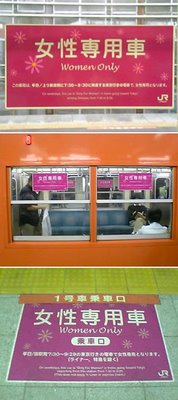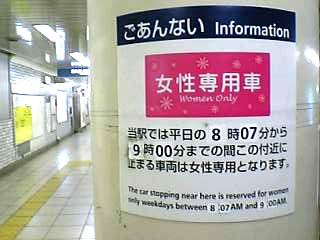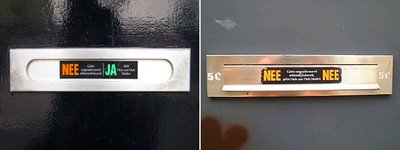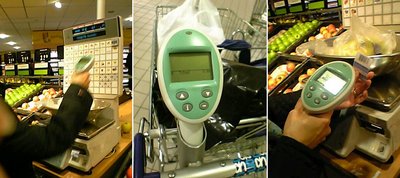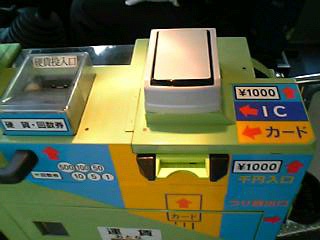
Pay up, no matter how they collect 'em. It has been at least a year since phone companies like NTT DoCoMo introduced cell phones that act as debit cards. Working together with East Japan Rail's Suica e-money (JR East's Integrated Circuit card that allowed debit card swiping on an electronic card reader), DoCoMo issued cell phones (called Osaifu-Keitai) that could be swiped over a reader and money debited from them; both were based on a smart-card technology called FeliCa, a contactless IC chip technology that was developed by Sony Corporation.
I have no idea how many people have taken advantage of this technology and convenience. I think one of the factors that would comfort me in owning a cell phone "loaded with money" is that I am in Japan, where I can be rather sure that my cell phone would not be targetted for theft. Imagine what a "debit" cell phone may attract outside of Japan. JR East introduced the Suica IC (integrated circuit) card back in November 2001, and since then, 17 million people had taken advantage of the technology.
Buses in Tokyo will soon use a card reader, too. It is slated to start the service early in 2007. In addition to cash and electronic buss pass, one can now have a card swiped over the reader. Since the bus is not owned by JR, I am not quite sure whether the Tokyo Bus system will adopt something similar to the DoCoMo and Suica technology.
On September 27, 2006, JR East, NTT DoCoMo, JCB Co., and bitWallet Inc. announced a platform that would allow different e-payment to be done (Suica, iD, QUICPay, and Edy, respectively). This makes it easier for customers to use their e-money not only on transportation but also at vendors.
